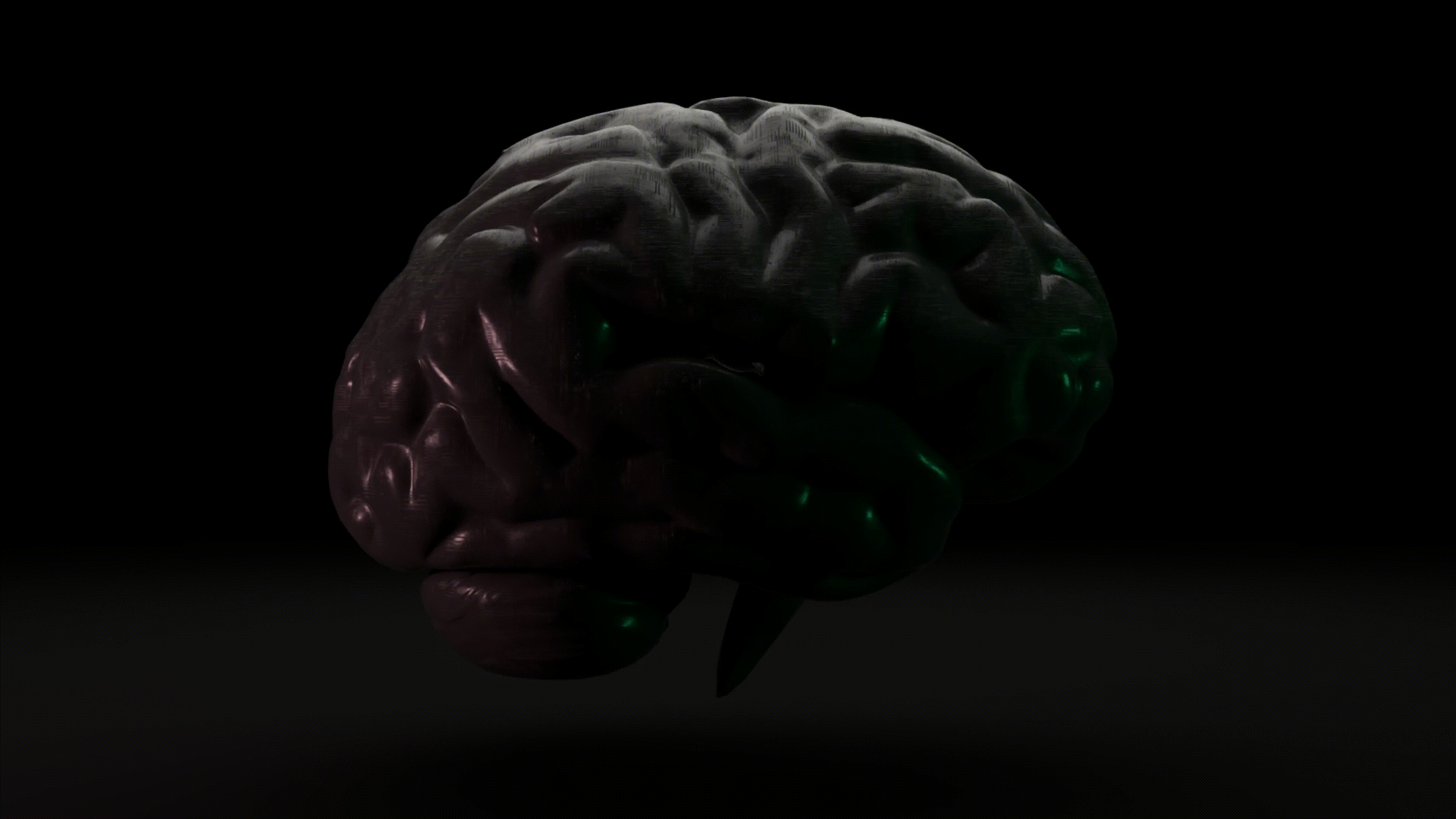Written by : Miro Mandelz
Posted on : January 13, 2023
Cognition for Change
When is the ideal time for organizational change projects and which companies should consider such projects?

Picture from Jackson Films on Unsplash
The ideal time for organizational change projects depends on a variety of factors, including the specific nature of the change, the current state of the organization, and external factors such as market conditions and competitive pressures. However, there are some general guidelines that can help determine the optimal timing for organizational change projects:
- When there is a clear need for change: Change projects should be initiated when there is a clear business need for the change. This may be due to internal factors such as declining performance or external factors such as changes in the market or competitive landscape.
- When the organization is stable: Organizational change projects should be initiated when the organization is stable and has the capacity to absorb the change without significant disruption to ongoing operations.
- When there is strong leadership support: Change projects require strong leadership support and buy-in. Therefore, the ideal time for change projects is when there is a leadership team that is committed to the change and willing to invest the time, resources, and energy required to make the change successful.
- When there is employee readiness: Employees are a critical factor in the success of organizational change projects. Therefore, the ideal time for change projects is when employees are receptive to the change and have the necessary skills, knowledge, and attitudes to support the change.
- When there are adequate resources: Organizational change projects require resources, including time, money, and personnel. The ideal time for change projects is when there are adequate resources available to support the change initiative.
Ultimately, the timing of organizational change projects will depend on a variety of factors and will require careful consideration and planning. It is important to ensure that the timing of the change is aligned with the needs of the organization, the readiness of employees, and the availability of resources.

Picture from Ross Findon on Unsplash
The ideal target group for organizational development with a strong focus on employee and customer experience, can vary depending on the context. As a general rule, however, it can be said that companies of all sizes and industries can benefit from the organization and design. In particular, this includes organizations that value a positive work environment for their employees and want to create a better customer experience. These organizations are willing to invest in developing and implementing policies to achieve their goals. In Switzerland, there are many organizations that have already successfully invested in organizational development to improve their employee and customer experiences. These include large multinationals, small and medium-sized businesses, and public institutions.
To identify whether your company falls into the typical target group for organizational development and transformation projects, it can be helpful to shed light on the context and their specific goals. There must be a readiness for change and transformation.
An organization that places a strong focus on the employee and customer experience can create a significant positive impact on its own competitive advantage. The following are some of the key benefits:
- Satisfied employees: satisfied employees are more motivated, more productive and stay with the company longer. This can lead to higher quality work and better customer service.
- More loyal customers: A better customer experience can lead to higher customer loyalty and retention. Customers who have a positive experience with a company are more likely to choose the company again and recommend it to others
- Enhanced reputation: an organization that is known for taking good care of its employees and customers can enjoy a positive reputation. This can help make the company more attractive as an employer and as a provider of products or services.
- Increasing efficiency: well-planned and executed organizational development can help improve processes and procedures in the company and increase efficiency. This can contribute to higher productivity and better profitability.

Picture from Digital Marketing Switzerland
In summary, organizational development and design with a strong focus on employee and customer experience means an important factor for a company’s competitive advantage. By providing a better work environment and customer experience, a company can strengthen its position in the marketplace and build lasting loyalty among its customers and employees.
Initializing an organizational development and design project with a strong focus on employee and customer experience starts with an Employee Experience Explorer survey. The insights and findings gained from this and the knowledge of employee perceptions, result in a multitude of possible action areas for change and transformation. These are then weighted and prioritized with the involvement of various stakeholders and representatives from all areas, ideally also from “outside” with a customer perspective.
- Clarify goals: Think carefully about what you want to achieve and define clear goals for the project. These goals must be compatible with the company’s goals.
- Create a project team: assemble a team of people from different departments and with different skills. This team should be responsible for implementing the project.
- Stakeholder identification: Think about who will be affected by the project and who will have to make important decisions. This may include employees, customers, suppliers, regulators, etc.
- Analyze the current situation: examine the current situation to understand what factors are affecting the employee and customer experience. This can be done through interviews, observations, data analysis, etc.
- Develop an action plan: Develop an action plan that outlines the steps necessary to implement the project. This plan should include a timeline, resource needs, responsibilities, etc.
- Communication and engagement: communicate the project to all relevant stakeholders and engage them in the transformation process. This will help ensure that the project is successfully implemented.
These are the key steps, but which are adapted to situational circumstances to initiate and implement an organizational development and design project with a strong focus on employee and customer experience. It is important to take a holistic approach and consider the needs of all relevant stakeholders to be successful.
Employees can play a critical role in implementing organizational development projects. Here are some tips on how to involve them:
- Communicate: Communicate the purpose and goals of the project clearly and openly to employees. Explain how the project will improve their work environment and experience.
- Involvement: Involve employees in the process by allowing them to voice their opinions and suggestions. This can be done through surveys, brainstorming sessions or focus groups.
- Responsibility: give responsibility to employees by involving them in project groups and assigning them clear tasks and goals.
- Feedback: Provide regular feedback to employees on the progress of the project and let them know how their contributions are contributing.
- Appreciation: Reward and recognize employees for their contributions and commitment to the project.
It is important that employees feel that they are an important part of the process and that their opinions and suggestions are valued. Good employee engagement can lead to increased motivation and a better understanding of the project’s goals.
Thanks for reading MANDELZ CONSULTING. If you want to learn more about the latest trends and approaches for “Organizational Design”, please see my pieces on “Employee Experience”, “Psychological Safety” and “Servant Leadership”. Also, share my articles with your colleagues, friends and within you team to raise awareness
BURNOUT EXPLORER
OVERCOMING BURNOUT IN ORGANIZATIONS Workplace burnout is a pervasive issue...
COMPENSATION IN CHANGE
How we pay and provide the wages, salaries, benefits profits...
MASTERY IN CHANGE
How we grow and mature; the journey of self-discovery; our...
MEMBERSHIP IN CHANGE
How we define & cultivate relationships; the boundaries & conditions...




